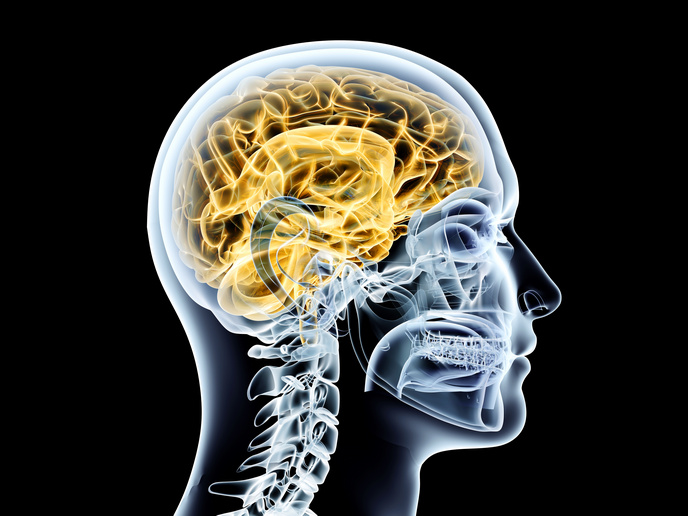Paving the way for wireless neural implants of the future
The EU-funded IoN project has developed a new ultrasound-based technique for wireless powering of medical implants. Developed by IoN project coordinator and nanoelectronics and digital technology research centre imec together with Delft University of Technology, both from the Netherlands, the innovative proof of concept lays the foundations for miniaturised, minimally invasive, wireless neural implants. Imec presented the new concept for the first time at the 2024 International Solid-State Circuits Conference held in San Francisco in February. The technology consumes less than half the power of other systems and also has a small footprint.
Unlocking the potential of neural implants
Today’s neural probes used to investigate and treat neurological disorders have certain drawbacks when it comes to powering. As explained in an imec press release, their invasive wiring can lead to scarring and infection, while integrating batteries to eliminate the need for tethering raises concerns about size and chemical leaks. The new technique requires no invasive procedures or bulky batteries, using ultrasound technology to wirelessly deliver power to neural implants in the brain’s cortex. “While many neural implant technologies are currently making significant progress in sensing and stimulation, wireless interfaces, as one of the crucial components of implants, still have much room for improvement - particularly in terms of power efficiency and form factor,” remarks imec Scientific Director Yao-Hong Liu. “To bridge this gap and unlock the full potential of neural implants, we are leveraging our unique wireless, powering, and telemetry technologies, to develop minimally invasive wireless systems tailored for miniaturized implants, with applications beyond intracortical neural implants.” To make this possible, the IoN team implemented a unique adiabatic driving technique based on the concept of global charge redistribution (GCR). This technique uses the parasitic capacitors of the ultrasound transducer array itself and recycles the charges so that external capacitors are no longer needed for charge redistribution. Additionally, the chip is fabricated in 65 nm CMOS and has a fully integrated 116 μm × 116 μm driving unit that allows for 69 % power savings compared to conventional class-D driving. Thanks to this design, the ultrasonic adiabatic driving unit is the smallest of its kind and also has the lowest power consumption among state-of-the-art systems. For medical use, beam steering up to large angles (>45 °) is vitally important to maximise power delivery and compensate for any micro-movements or misalignments that might occur in the brain, such as those that happen during surgery and when breathing. The introduction of a beam steering controller makes it possible for imec’s GCR concept to achieve beam steering up to 53 °. “We aspire to showcase the practical application of our technology in real in vivo conditions, with our ongoing advancements, particularly in areas such as micro-system integration and packaging, and welcome collaborations with medical professionals or researchers,” concludes Dr Liu, who is leading the IoN project. IoN (Intranet of Neurons: A Minimally-invasive and High-capacity Transcranial Telemetry Network for Large-scale Brain-wide Neural Recordings) ends in August 2026. For more information, please see: ION project website
Keywords
IoN, implant, neural implant, medical implant, ultrasound, brain, neuron



